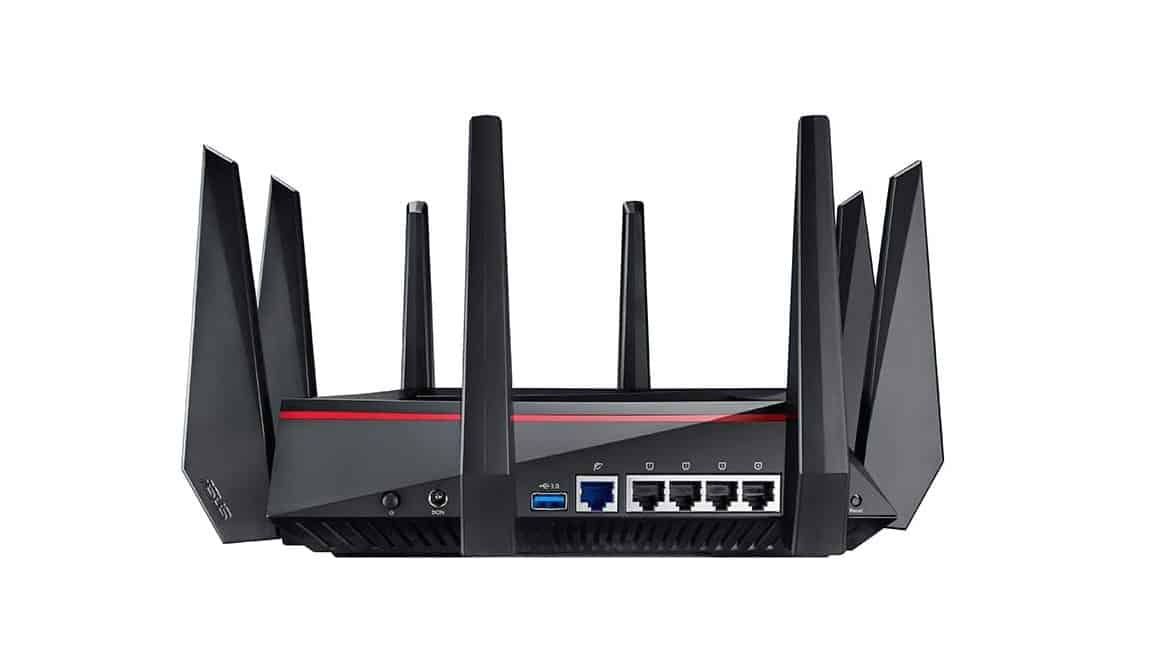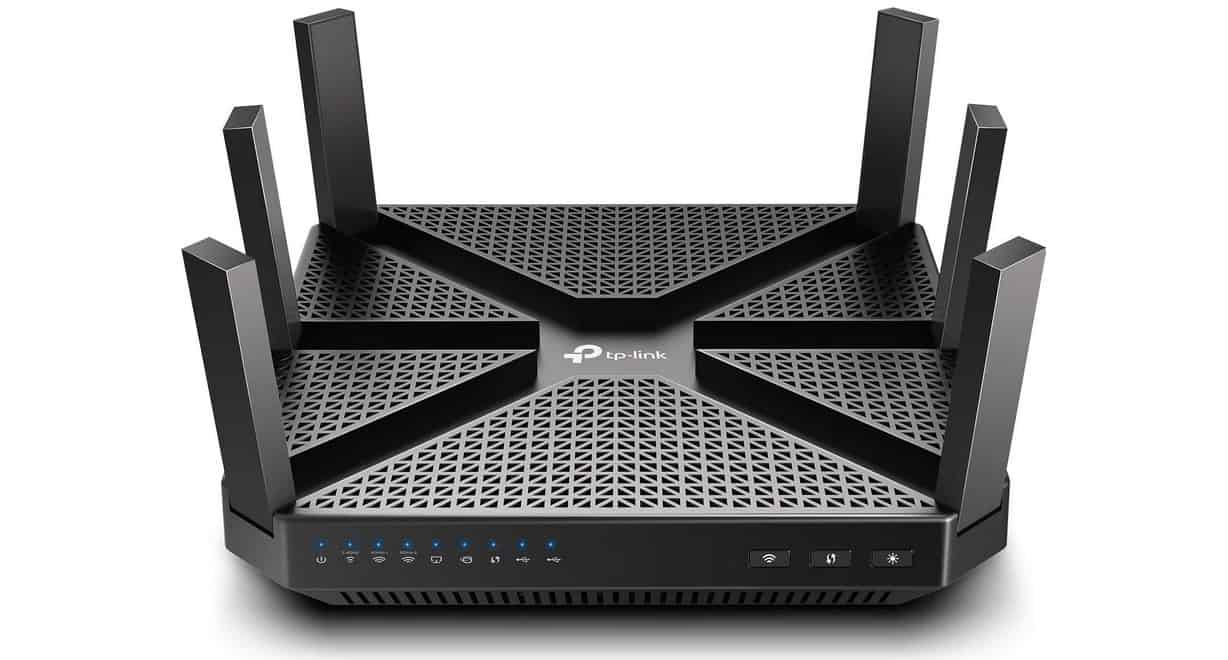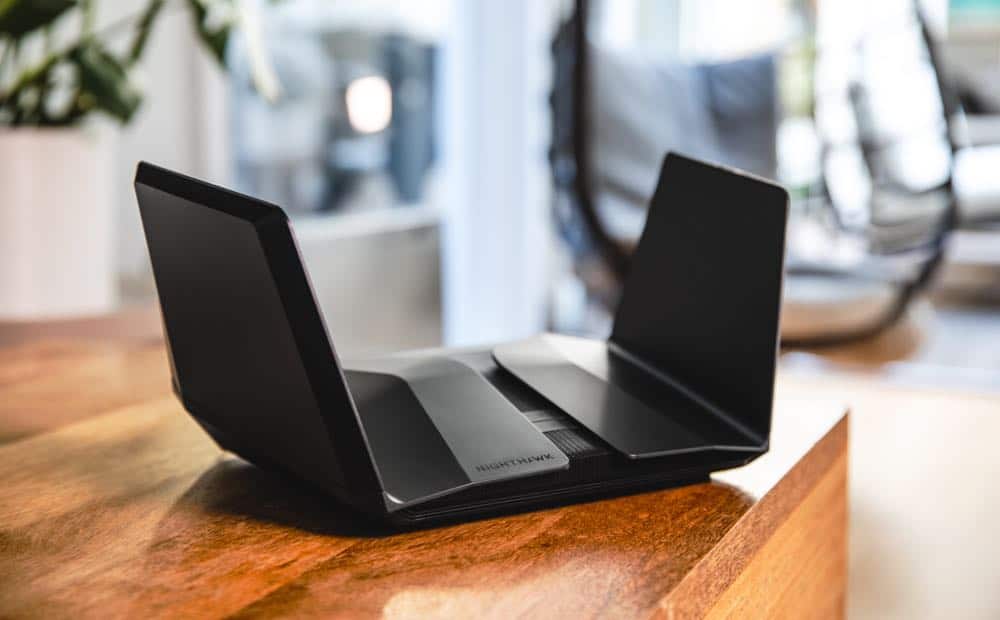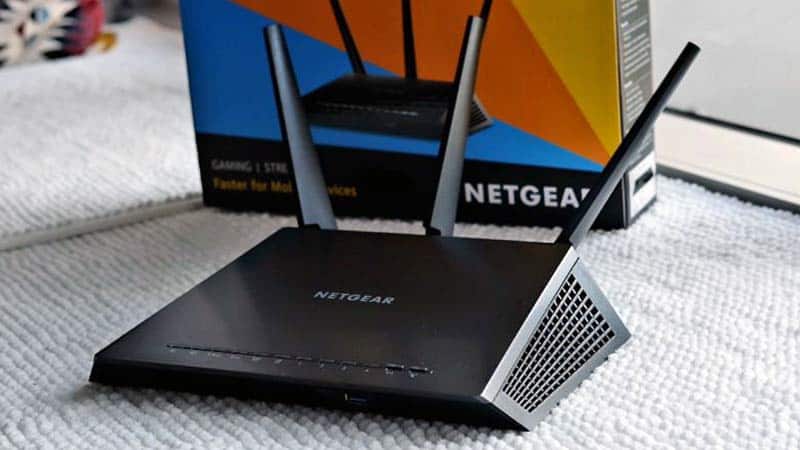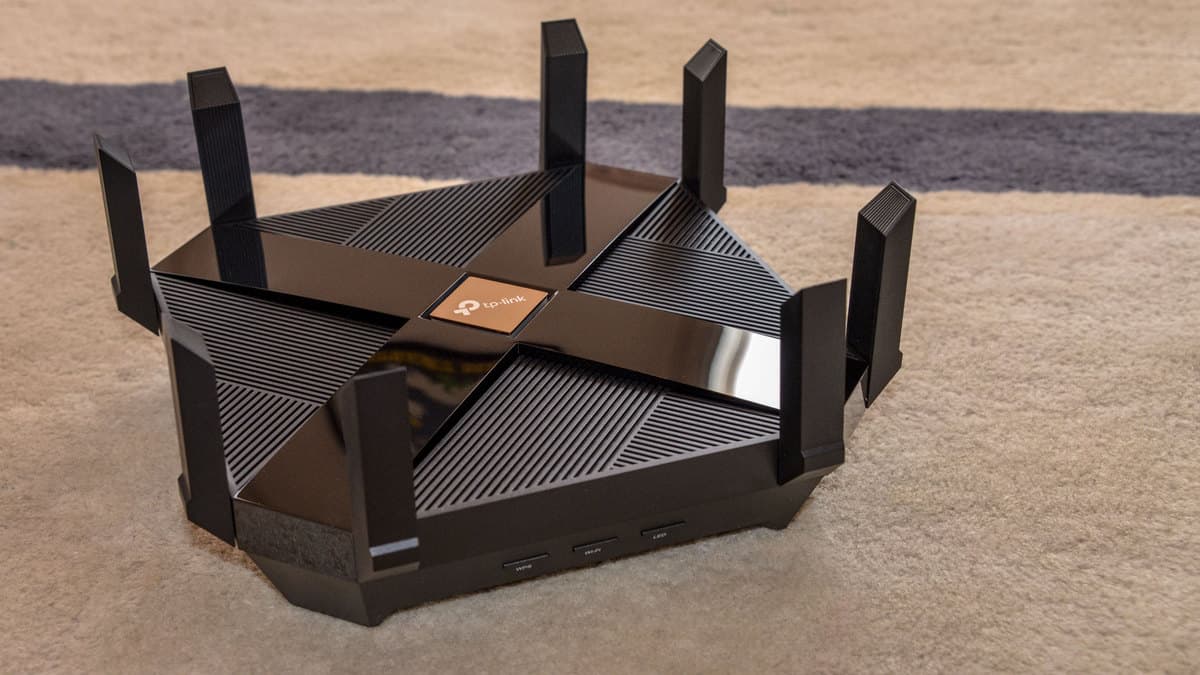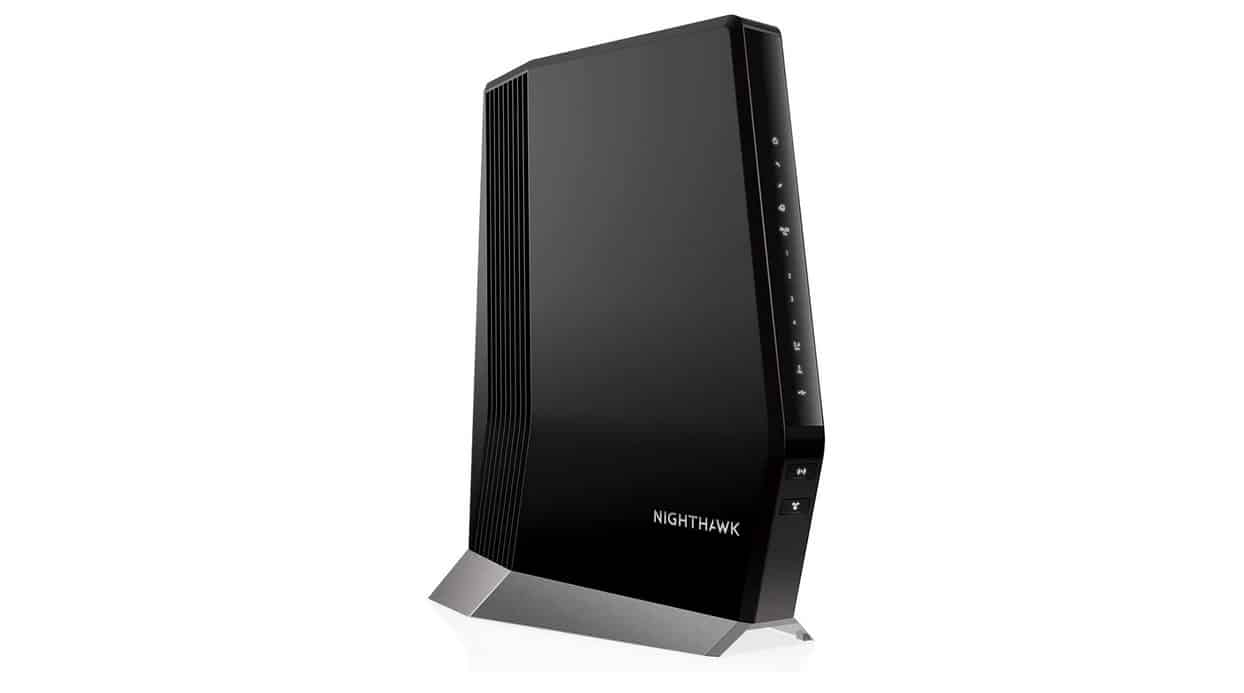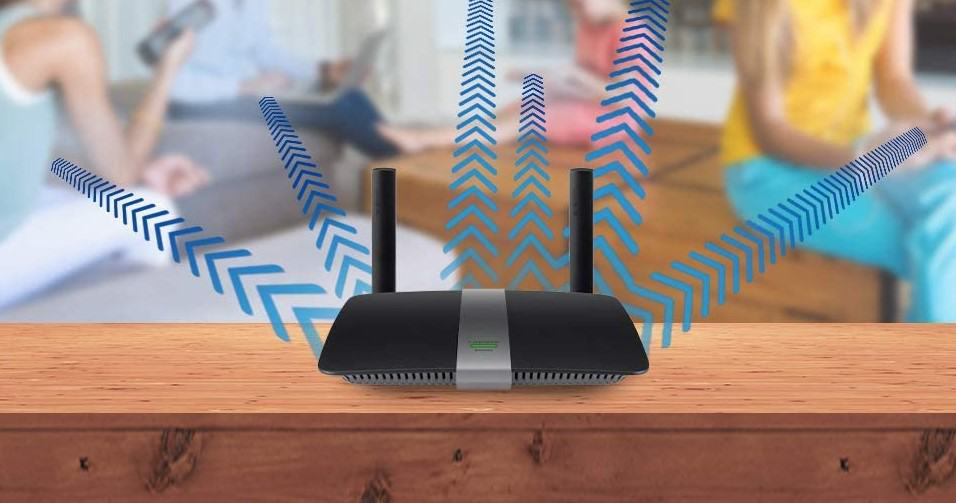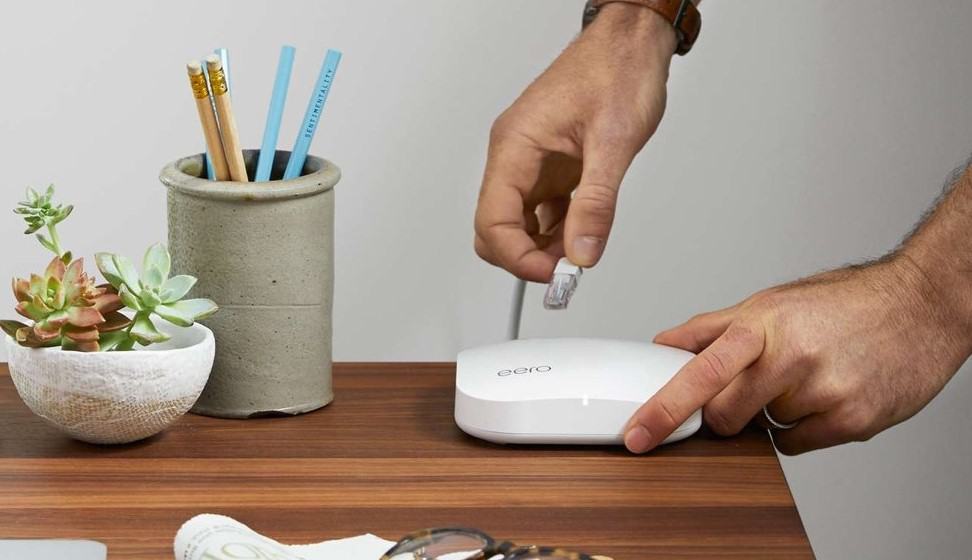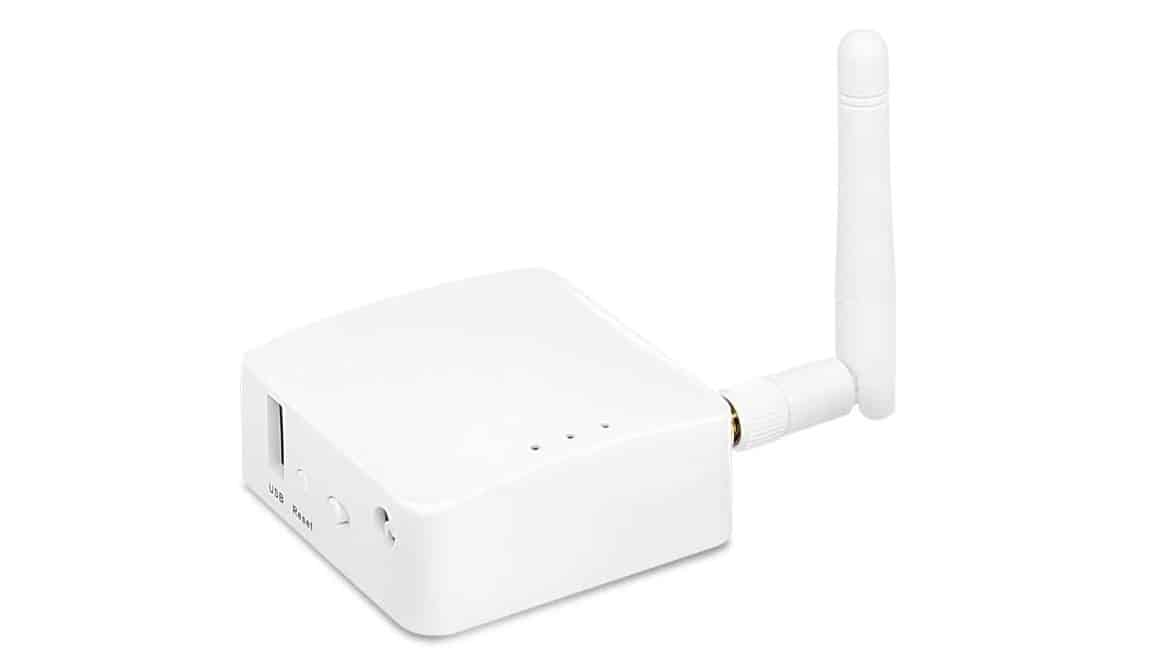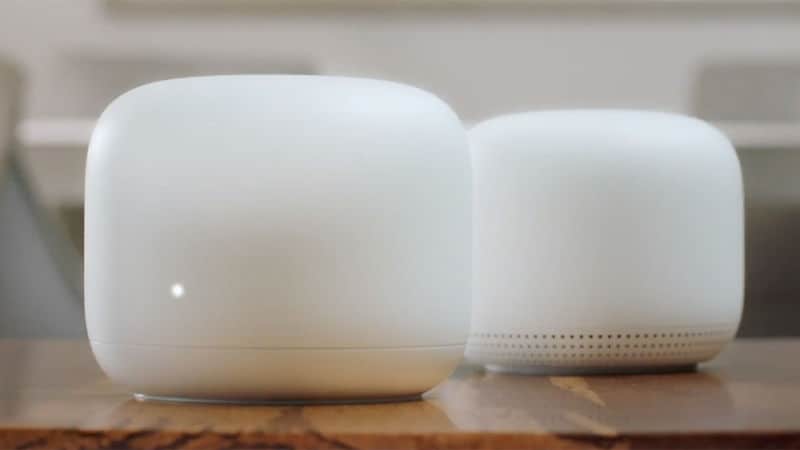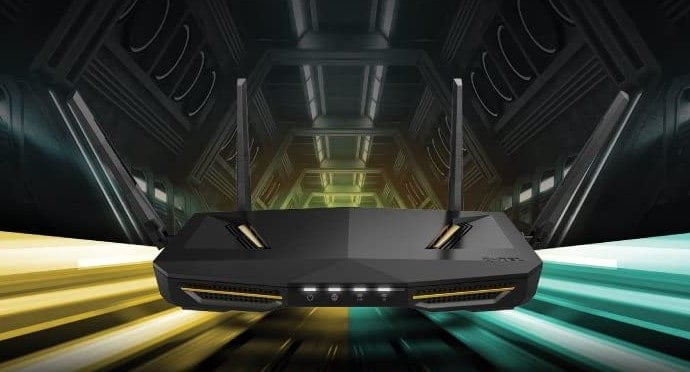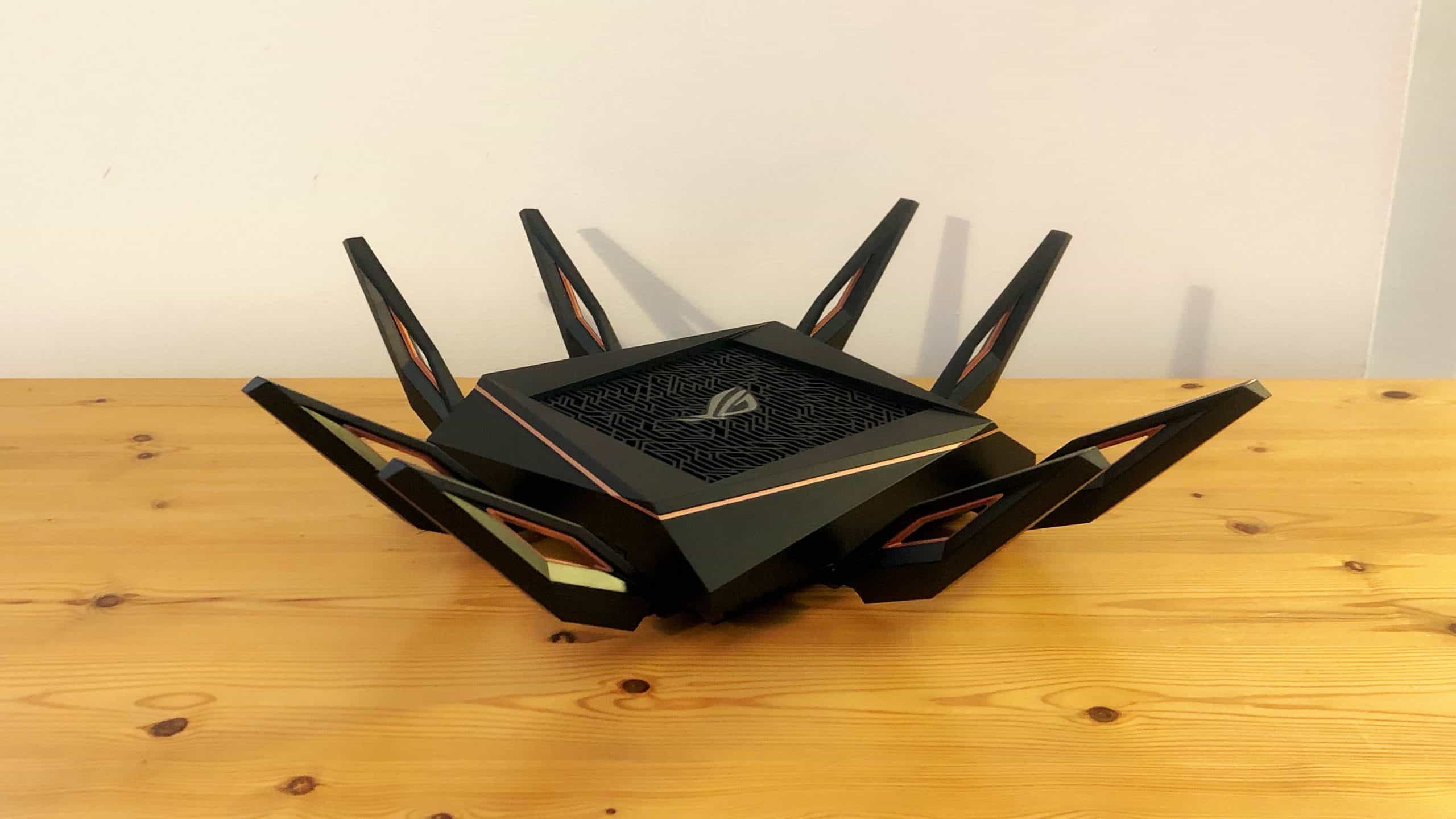If you are experimenting with the various features of your wireless network, you may wonder how to enable UPnP on a router. The best routers, after all, allow for kinds of settings adjustments, including those involving UPnP. Why enable this feature and how to do it? Keep reading to find out.
KEY TAKEAWAYS:
- UPnP stands for Universal Plug and Play and, when enabled, your router will allow any connected UPnP devices to forward ports, saving you some hassle.
- Head into the settings of your router, which is accessible via web browser, firmware, or dedicated mobile device app.
- Look for UPnP settings and be sure to enable the feature, saving your changes after that. This process can also be followed to disable the UPnP feature.
Why Enable UPnP on a Router?
The main reason people look to turn on Universal Plug and Play (UPnP) on a router is for efficiency and Internet speed. You see, enabling UPnP makes your router assume the best of every device in your network, so they can forward port automatically, saving you the hassle of learning how to port forward on a router. If you are relatively certain that local programs are trustworthy and are not filled with malware, enabling UPnP is a great way to increase your overall connection experience.
How to Access UPnP on a Router
The process here differs according to the make and model of your device, such as when you are learning how to ping a router. However, the steps are traditionally fairly straightforward.
Insider Tip
If you turn on UPnP, make sure your security features are on point. Change the password and network name.
STEP 1
The first thing you need to do is ensure that your wireless network is operating correctly. The router should plug into the modem via Ethernet cable and both devices should be transmitting a clean signal. Check the connection with a couple of mobile devices or a computer.
STEP 2
The UPnP settings will be found on the admin control panel or a traditional settings page. Unfortunately, many routers demand different processes to access these pages. Check the instructions or perform a quick web search for specifics.
STEP 3
In many cases, you can get by with inputting the router’s public IP address or static IP address into the address bar of a web browser. Other options include opening up firmware or using a dedicated mobile app provided by the manufacturer.
STEP 4
Poke around the settings or admin panel and look for advanced wireless settings or, in some cases, UPnP settings. Find the correct setting option and click enable to turn on UPnP. After that, save your changes and, if necessary, perform a router restart.
F.A.Q.S
What happens if I turn off UPnP on my router?
It speeds up some of the day-to-day operations of your router, though be sure to have your default IP address and default password at the ready to make the adjustment.
Should I turn on UPnP on my router?
This depends on the overall security of your network traffic and whether or not you are good at port forwarding. If you end up disliking the feature, disable UPnP in the settings menu.
Is UPnP better for gaming?
Better is relative, but UPnP certainly makes gaming convenient, as you won’t have to issue ports for any connected gaming device in the network settings.
STAT: A worm or malware program can use UPnP to compromise the security of your LAN. (source)
REFERENCES:
- https://kb.netgear.com/24306/How-do-I-enable-Universal-Plug-and-Play-on-my-Nighthawk-router
- https://consumer.huawei.com/ph/support/content/en-us00275342/
- https://eu.dlink.com/uk/en/support/faq/routers/wired-routers/di-series/how-do-i-enable-upnp-on-my-routerr
- https://www.centurylink.com/home/help/internet/modems-and-routers/advanced-setup/upnp.html
- https://help.motorolanetwork.com/hc/en-us/articles/220281548-How-to-enable-UPnP-for-NAT-restriction-for-gaming-consoles

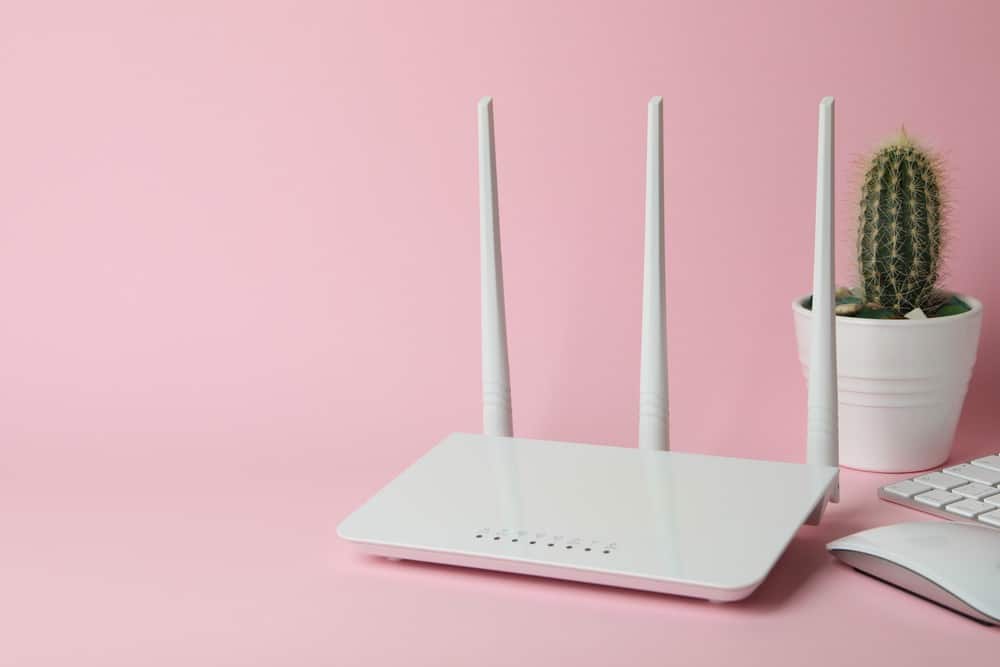













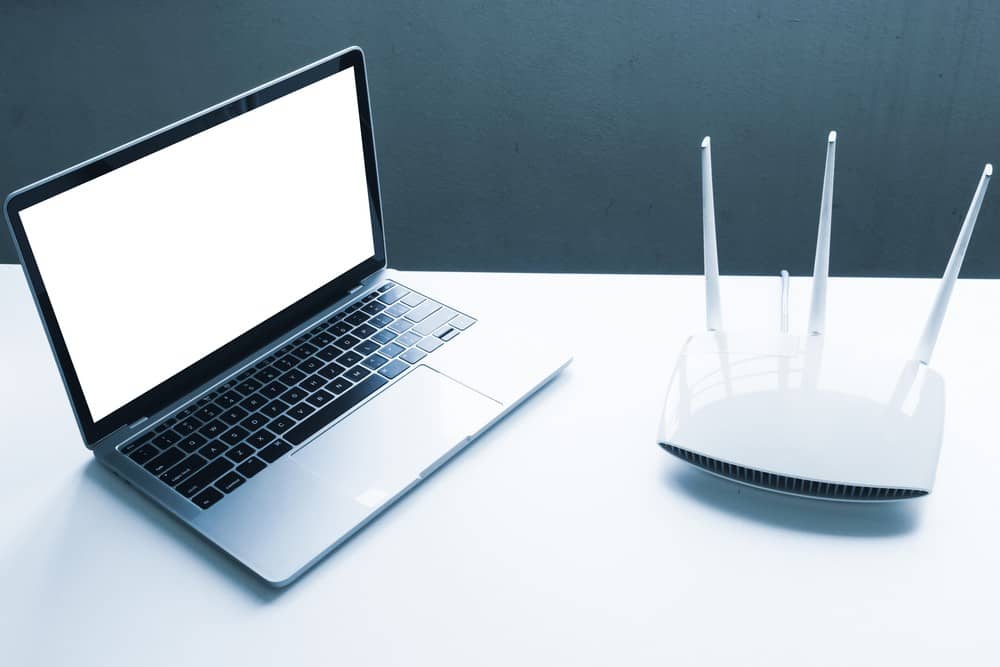
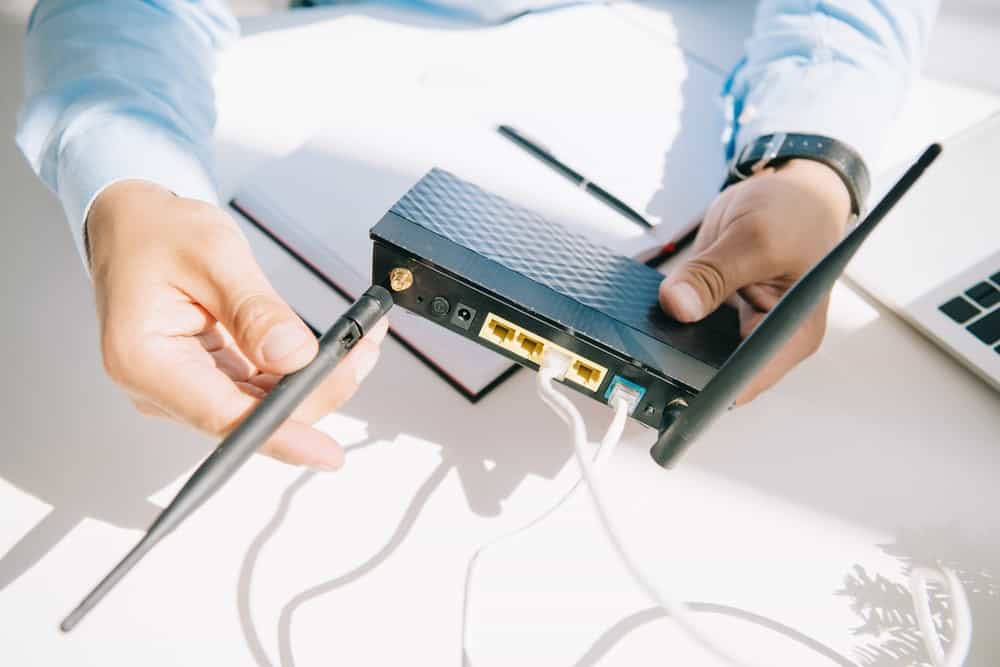
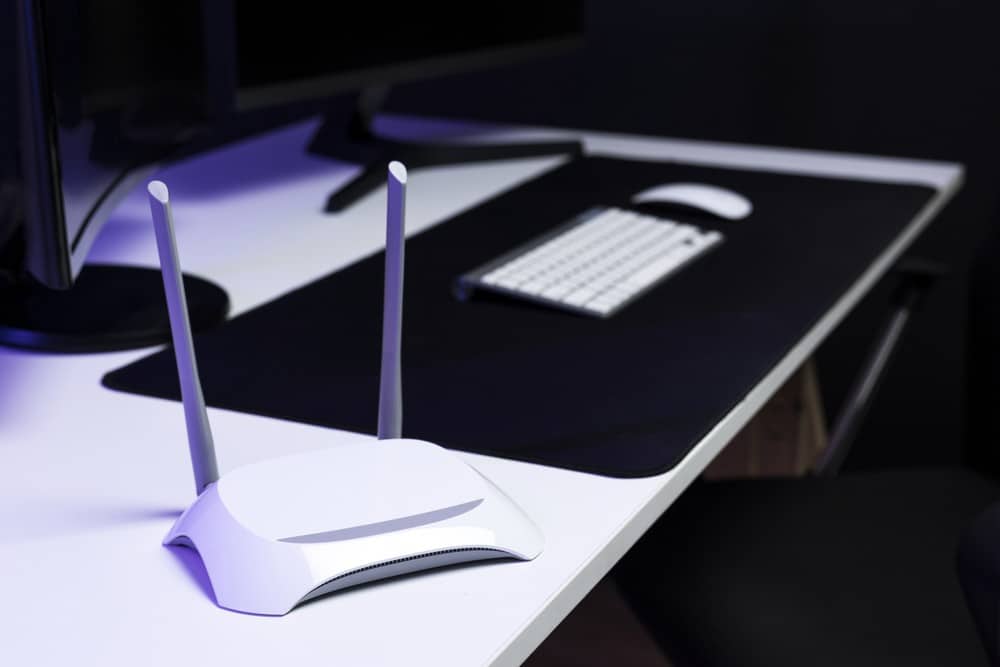
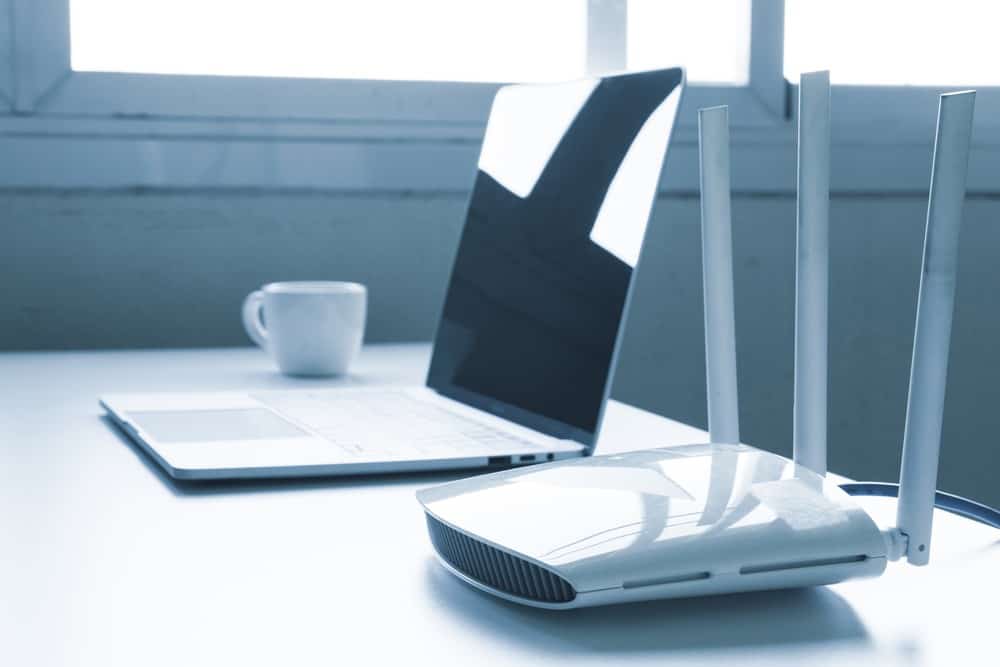

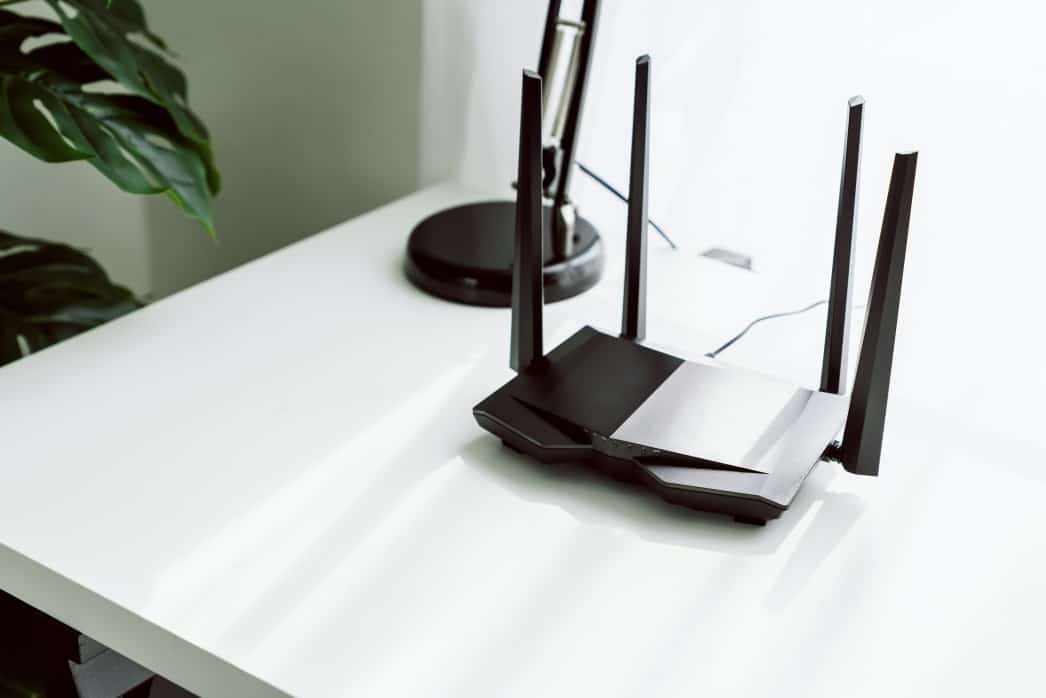
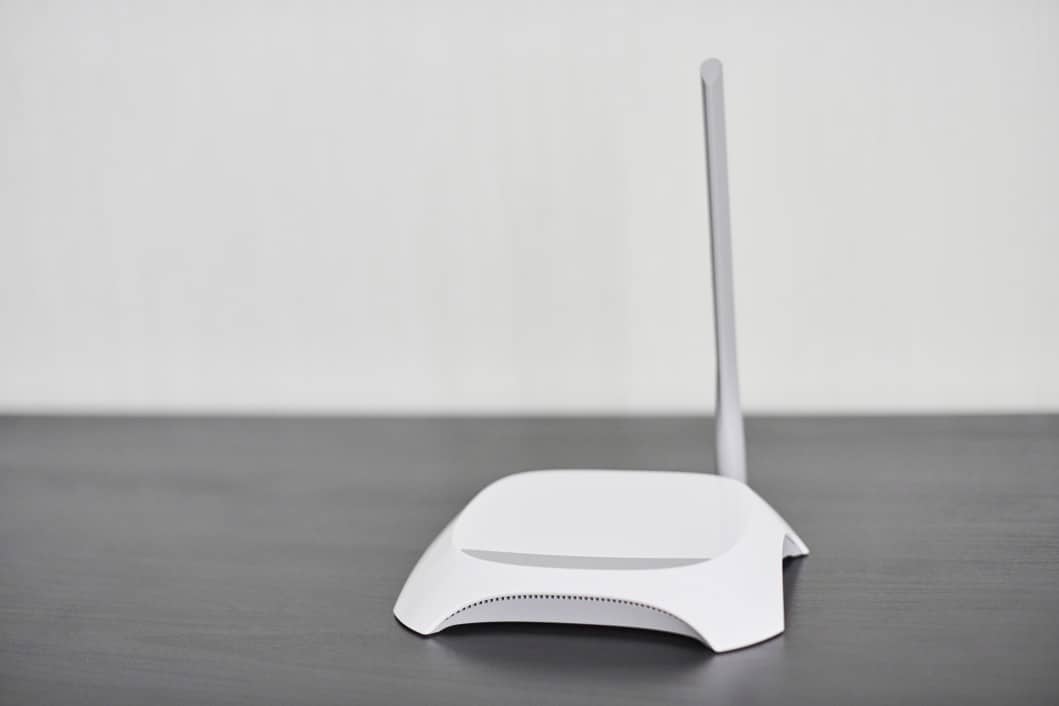
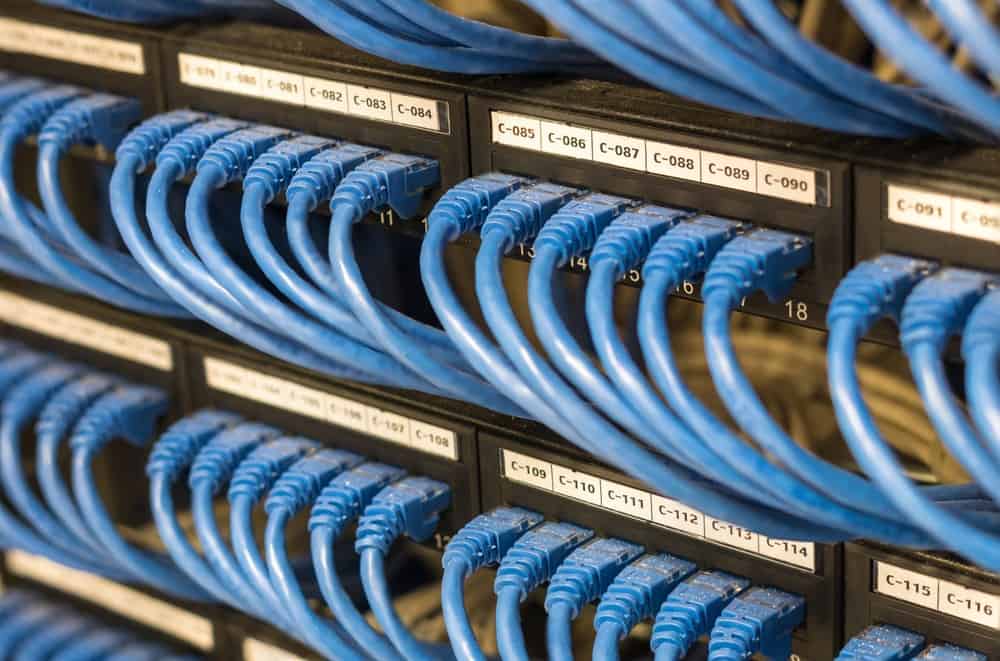
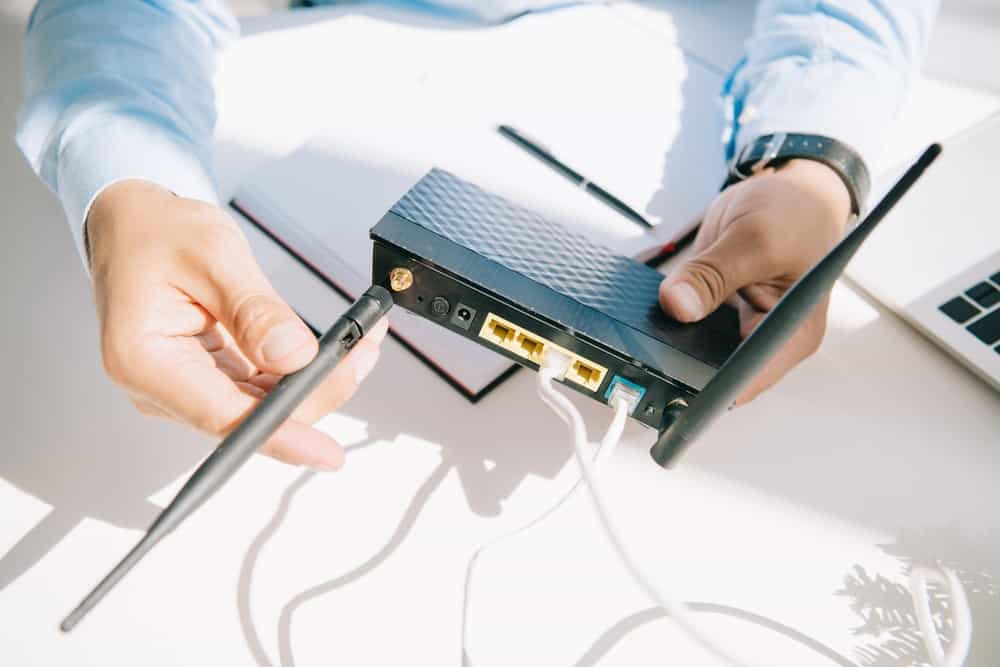
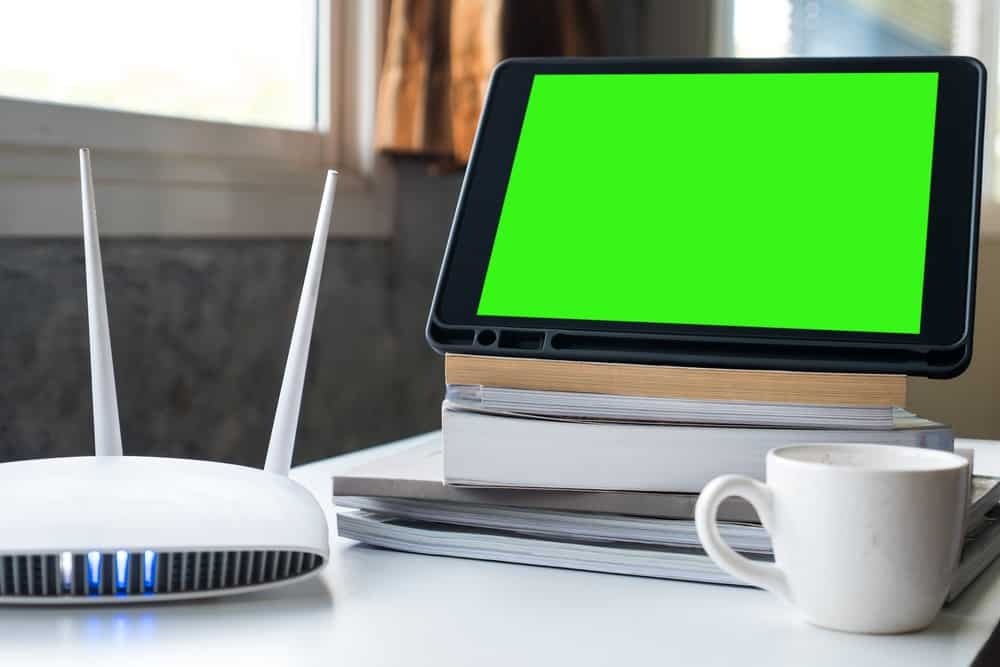
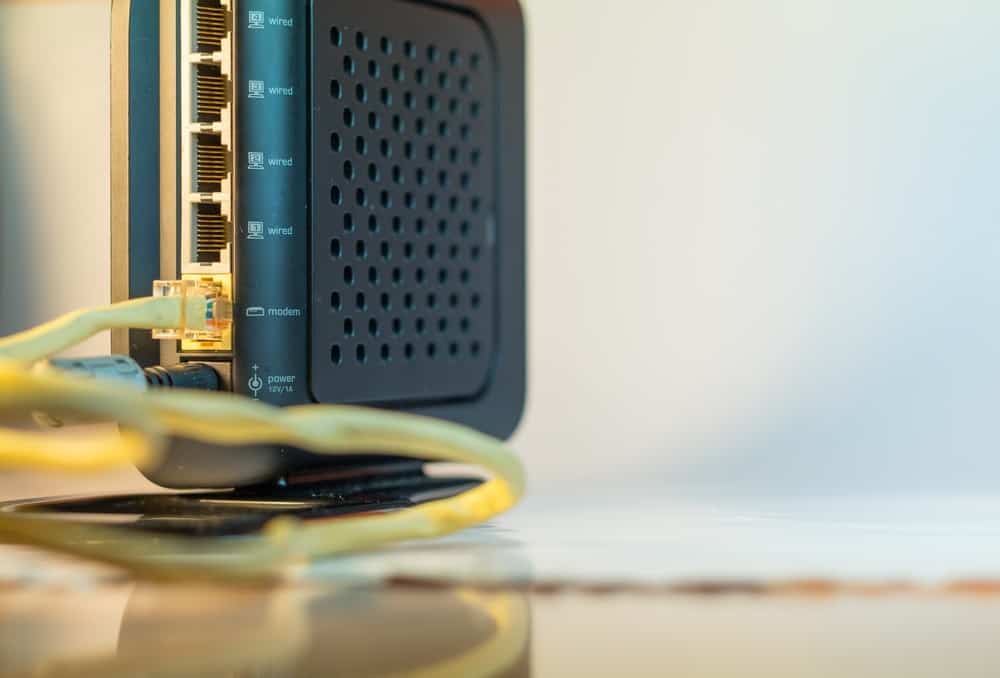

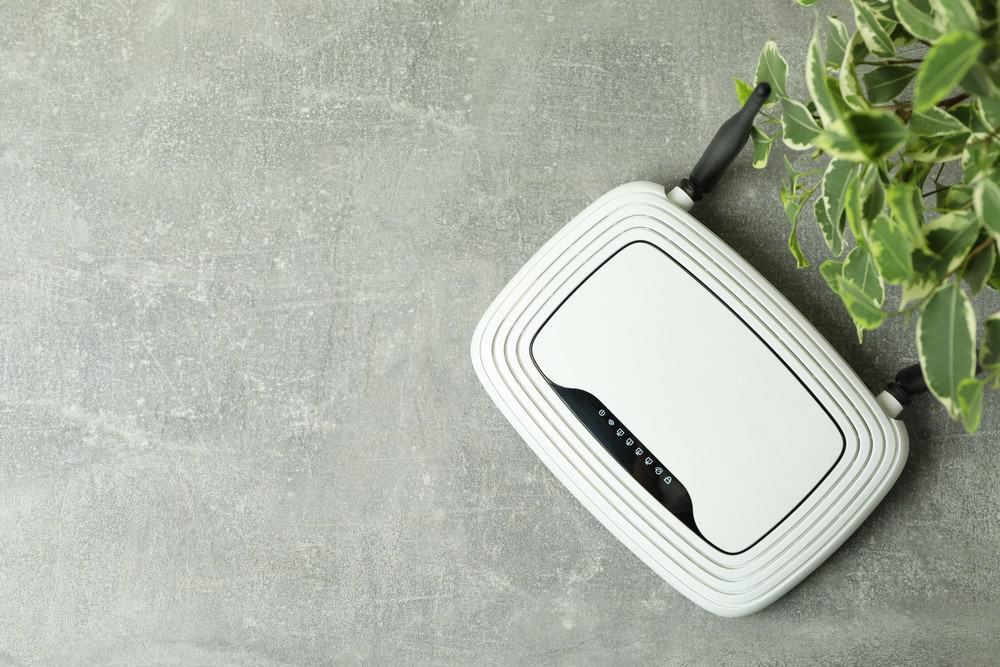
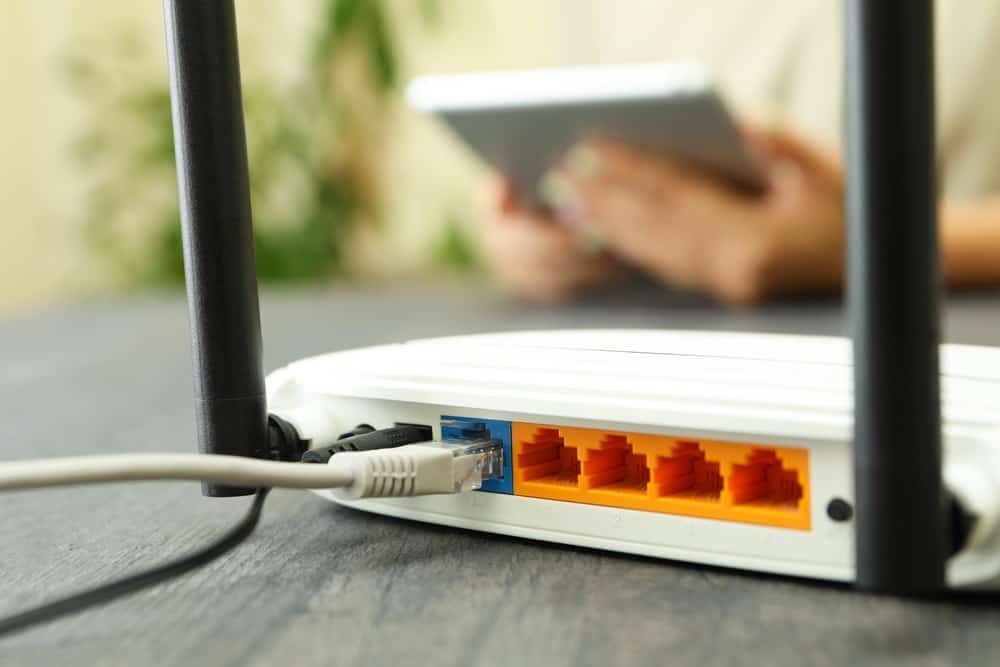
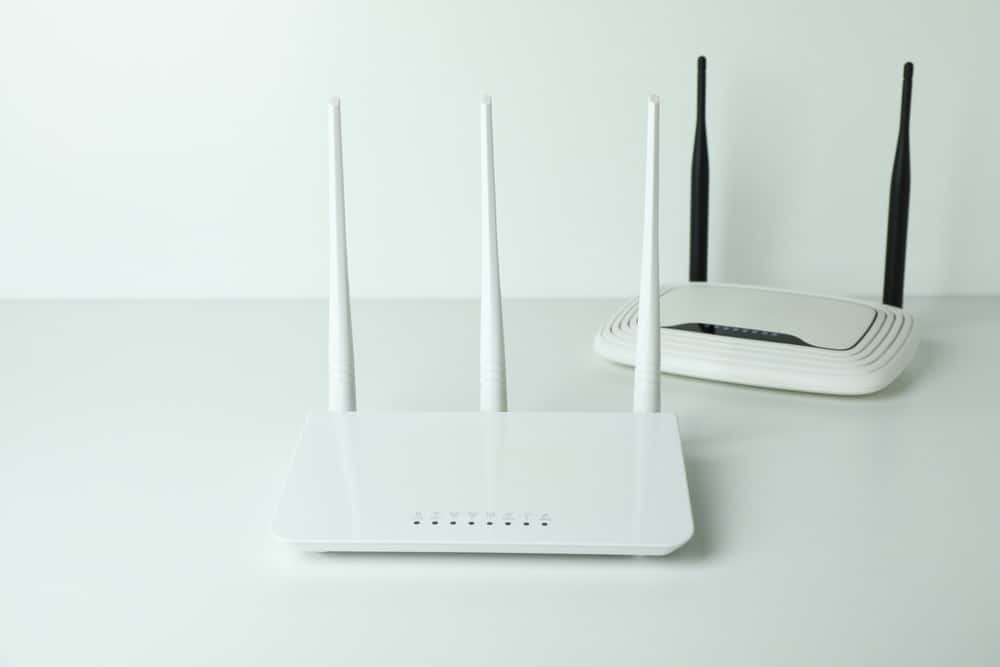
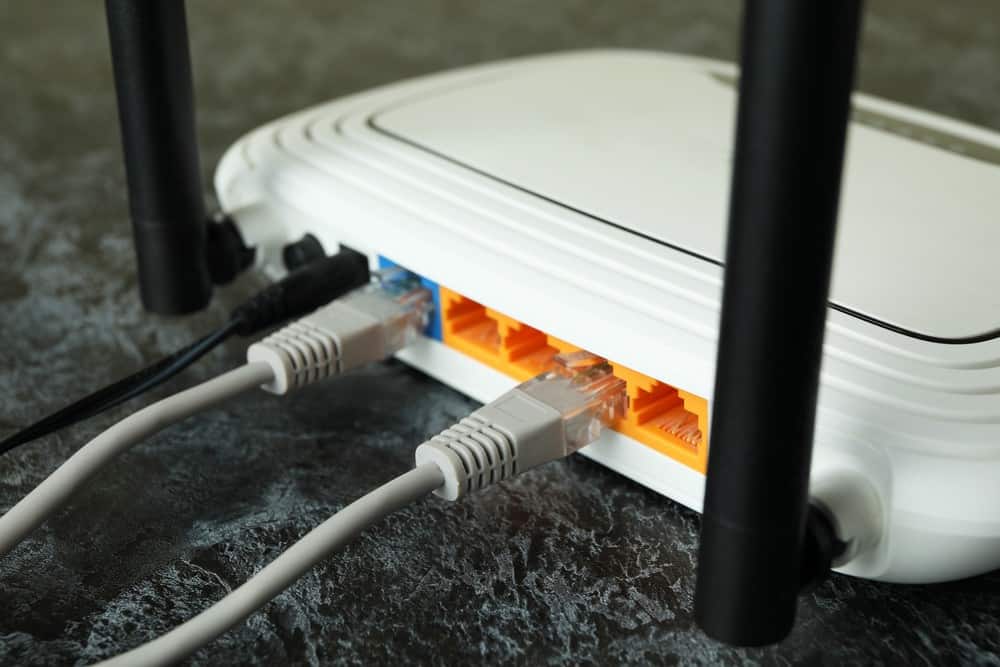
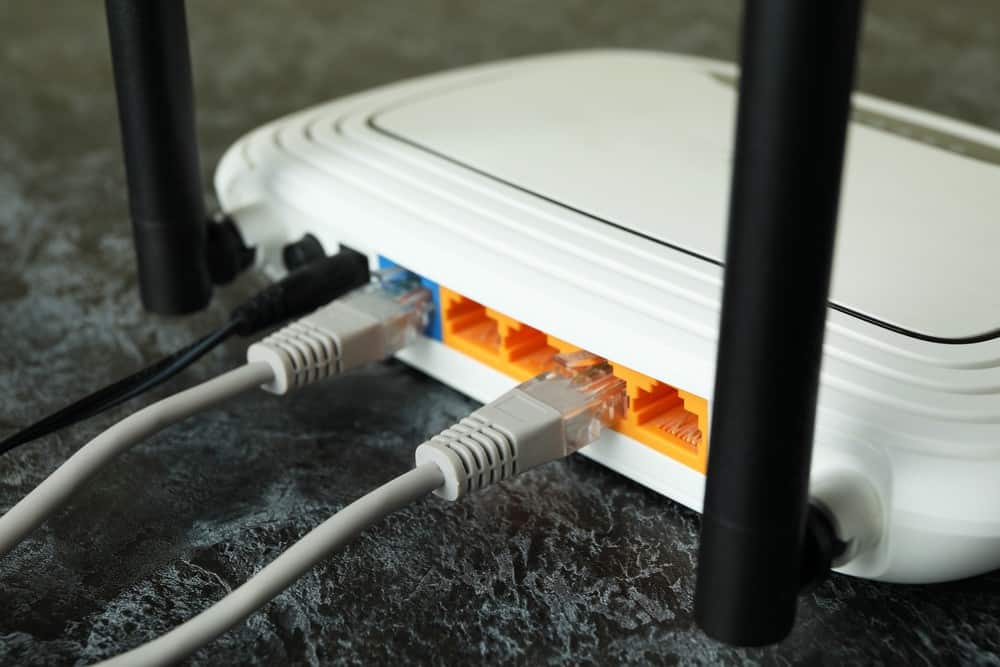
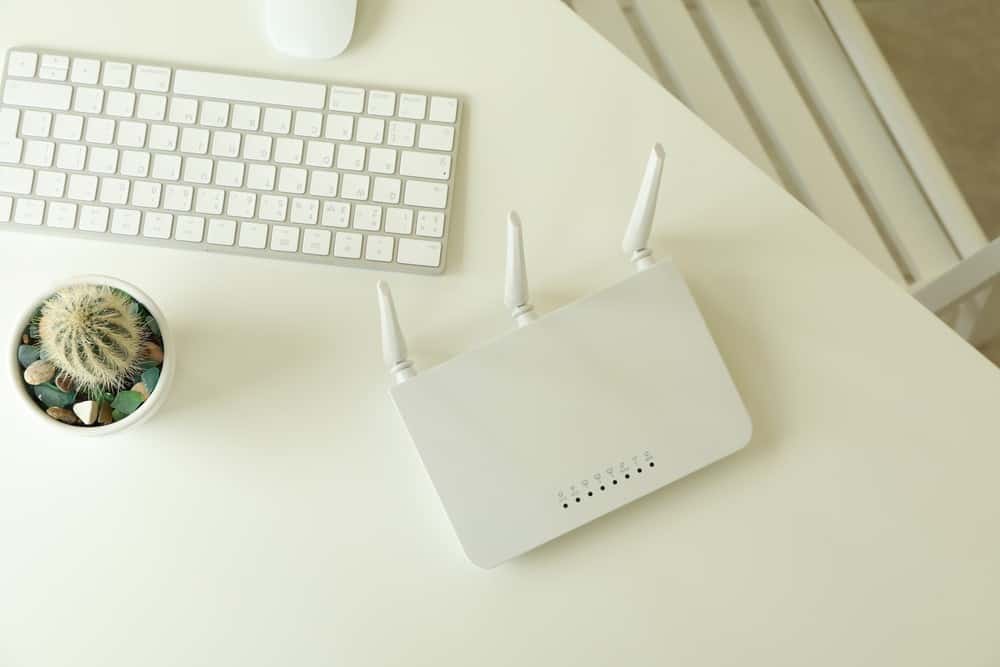
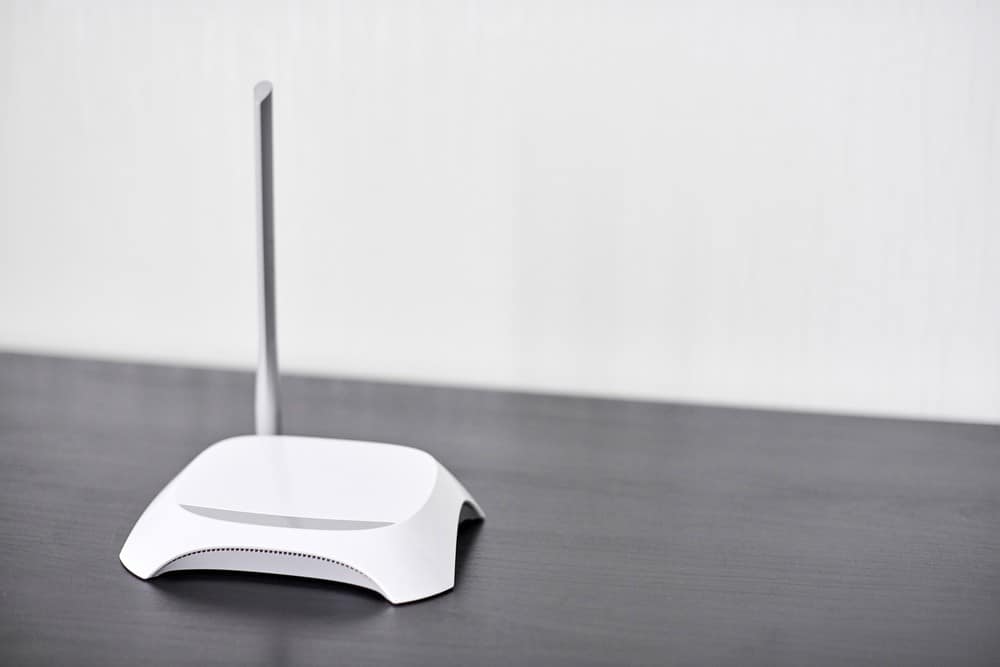
![Best BenQ Monitors in [year] 27 Best BenQ Monitors in 2026](https://www.gadgetreview.dev/wp-content/uploads/best-benq-monitor-image.jpg)
![Best Wifi Extenders For FiOS in [year] 28 Best Wifi Extenders For FiOS in 2026](https://www.gadgetreview.dev/wp-content/uploads/best-wifi-extender-for-fios-image.jpg)
![Best Fiber Optic Routers in [year] 29 Best Fiber Optic Routers in 2026](https://www.gadgetreview.dev/wp-content/uploads/best-fiber-optic-router-image.jpg)
![Best VoIP Routers in [year] 30 Best VoIP Routers in 2026](https://www.gadgetreview.dev/wp-content/uploads/best-voip-router-image.jpg)
![Best Routers for 200Mbps in [year] 31 Best Routers for 200Mbps in 2026](https://www.gadgetreview.dev/wp-content/uploads/best-router-for-200mbps-image.jpg)
![Best Routers for Optimum in [year] 32 Best Routers for Optimum in 2026](https://www.gadgetreview.dev/wp-content/uploads/best-router-for-optimum-image.jpg)
![Best Routers for Apple in [year] 33 Best Routers for Apple in 2026](https://www.gadgetreview.dev/wp-content/uploads/best-router-for-apple-image.jpg)
![Best Routers for Frontier FIOS in [year] 34 Best Routers for Frontier FIOS in 2026](https://www.gadgetreview.dev/wp-content/uploads/best-router-for-frontier-fios-image.jpg)
![Best Secure Routers in [year] 35 Best Secure Routers in 2026](https://www.gadgetreview.dev/wp-content/uploads/best-secure-router-image.jpg)
![Best Routers for Google Fiber in [year] 36 Best Routers for Google Fiber in 2026](https://www.gadgetreview.dev/wp-content/uploads/best-router-for-google-fiber-image.jpg)
![Best Routers for Cox in [year] 37 Best Routers for Cox in 2026](https://www.gadgetreview.dev/wp-content/uploads/best-router-for-cox-image.jpg)
![Best Asus Routers in [year] 38 Best Asus Routers in 2026](https://www.gadgetreview.dev/wp-content/uploads/best-asus-routers-image.jpg)
![Best Linksys Routers in [year] 39 Best Linksys Routers in 2026](https://www.gadgetreview.dev/wp-content/uploads/best-linksys-routers-image.jpg)
![Best Routers for CenturyLink in [year] 40 Best Routers for CenturyLink in 2026](https://www.gadgetreview.dev/wp-content/uploads/best-router-for-centurylink-image.jpg)
![Best WiFi Routers for Multiple Devices in [year] 41 Best WiFi Routers for Multiple Devices in 2026](https://www.gadgetreview.dev/wp-content/uploads/best-wifi-router-for-multiple-devices-image.jpg)
![Best Wired Routers in [year] 42 Best Wired Routers in 2026](https://www.gadgetreview.dev/wp-content/uploads/best-wired-router-image.jpg)
![Best Routers for 4K Streaming in [year] 43 Best Routers for 4K Streaming in 2026](https://www.gadgetreview.dev/wp-content/uploads/best-router-for-4k-streaming-image.jpg)
![Best Cisco Routers in [year] 44 Best Cisco Routers in 2026](https://www.gadgetreview.dev/wp-content/uploads/best-cisco-routers-image.jpg)
![Best eero Routers in [year] 45 Best eero Routers in 2026](https://www.gadgetreview.dev/wp-content/uploads/best-eero-routers-image.jpg)






